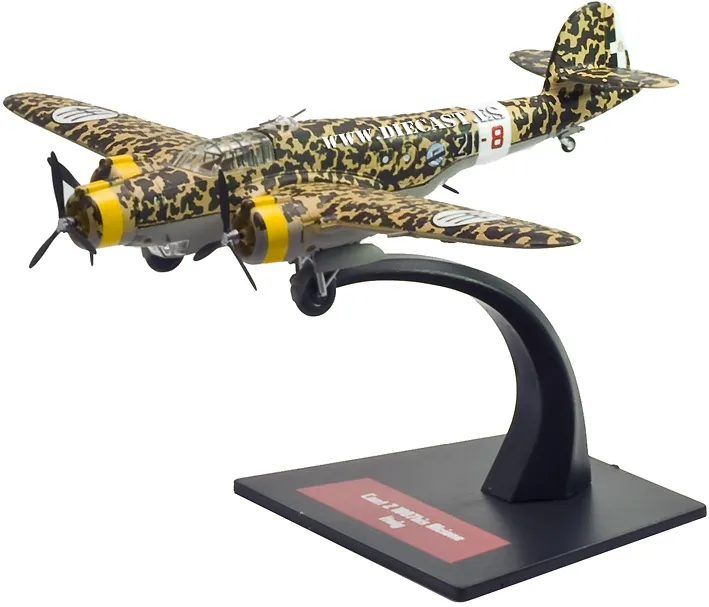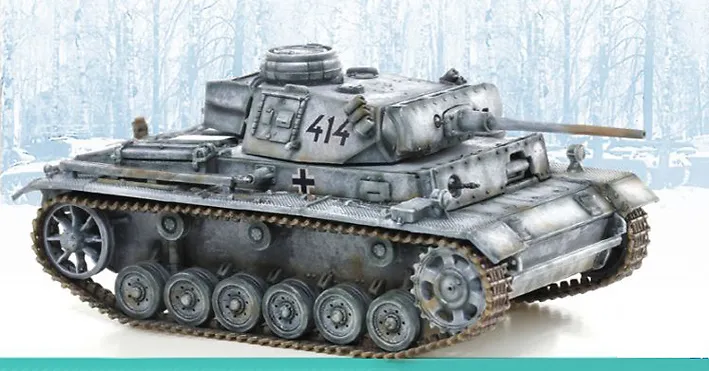Que Es Diecast? What Does It Mean?
The term “diecast” refers to a manufacturing process used to produce metal parts by forcing molten metal under high pressure into a mold cavity. This technique is particularly popular in the creation of miniature scale models, most notably diecast cars. These models accurately replicate real-world vehicles, and have become a favorite hobby for many enthusiasts worldwide. The diecasting process allows for intricate detailing and precise replication, making it possible to produce highly realistic and collectible items. Understanding the core meaning of “diecast” is the first step to appreciate the world of miniature vehicles and its associated communities, from hobbyists to investors.
Diecast Metal Explained
Diecast models are primarily made using a non-ferrous metal alloy, which is an alloy of zinc, tin, and copper, although sometimes aluminum or magnesium alloys are used. The choice of material is important for the process, as it needs to be able to withstand high temperatures and pressures, and also allow for the fine details that are characteristic of diecast models. The specific metal used in diecast is the main reason for the durability of these models, and also ensures that they can be handled and displayed safely. Metal alloys are the key factor in the long life and intricate details of the diecast models available today. A wide variety of metals are used, each with their own unique set of qualities and uses.
The Diecast Production Process

The production of diecast models is a sophisticated process that requires precision and attention to detail. It starts with the design phase and continues through molding, casting, and finishing touches. This multi-step process is what gives diecast models their high quality and authenticity. The result is a collection of miniature cars that are both beautiful and durable, making them valued items for collectors of all types. Understanding the steps involved will help you to appreciate the value of these models.
Step 1 Design and Prototyping
The first step in the diecast production process is the design and prototyping phase. This is where the initial concept of the model is created, often using detailed blueprints and computer-aided design (CAD) software. This step requires precise measurements and meticulous attention to detail, because every feature of the real car must be replicated accurately. The prototypes are used to test the design and make necessary adjustments before the actual mold creation. This stage is critical because any design flaws are identified and corrected, ensuring that the final product accurately reflects the original vehicle.
Step 2 Mold Creation
Creating the mold is a critical step. Molds are usually made of steel, as they need to endure the high temperatures and pressures involved in the die-casting process. The mold’s design is complex, as it must include all the details of the car, from the body panels to the interior features. The mold is made in two halves, and when closed, creates a cavity that mirrors the shape of the diecast model. The precision of the mold directly affects the detail and quality of the model.
Step 3 Die-Casting

Die-casting involves injecting molten metal, usually a zinc alloy, into the mold under high pressure. The metal quickly fills the mold and takes on its shape. This pressure ensures that the molten metal captures all the fine details of the mold. Once the metal has cooled and solidified, the mold is opened, and the cast part is extracted. This part then goes through a series of finishing processes.
Step 4 Finishing Touches
After the casting process, the diecast model undergoes a finishing process. This involves removing any excess material, smoothing surfaces, and adding details like paint, decals, and interior components. Paint applications are usually done in multiple layers to match the colors of the original vehicle, with accurate and detailed results. The finishing stage also includes the addition of windows, tires, and other external parts. The overall goal is to make the model as realistic as possible. Each of these elements is carefully added to achieve the final product.
The Most Common Diecast Scales
Diecast models are available in a variety of scales, each offering different levels of detail and display options. The scale refers to the ratio between the size of the model and the actual size of the vehicle. These scales determine the size and level of detail, which impacts the collection and presentation of the models. Popular scales include 1:18, 1:24, and 1:43, each with its own advantages and common applications.
1 18 Scale Diecast Models

1:18 scale models are one of the most popular scales. They offer a great balance between size and detail, allowing for intricate features and realistic designs. This scale is large enough to showcase detailed interior and exterior features, but is still manageable for display purposes. Models in this scale are common amongst collectors and can be prominently displayed on shelves. The level of detail, combined with their size, makes them a preferred choice for serious collectors.
1 24 Scale Diecast Models
1:24 scale models are a common size, offering a good balance of detail and size. They are typically smaller than 1:18 scale models, which makes them more accessible and easier to display in smaller spaces. They still provide considerable detail, capturing many features of the original vehicles. This scale is often favored by both new and experienced collectors. The balance between detail and size makes them a versatile option for all levels of collectors.
1 43 Scale Diecast Models
1:43 scale models are smaller, which allows for collections that can be stored in a limited area. Despite their smaller size, they can still feature a good level of detail. Models in this scale are usually more affordable and provide a practical option. Many collectors prefer this scale for building extensive collections. The convenience of storage and display makes them highly appealing.
Top 5 Benefits of Collecting Diecast Cars

Collecting diecast cars offers a variety of benefits, from investment potential to educational opportunities. These models provide enjoyment and a connection to the history of automobiles. They create many benefits for those who enjoy the hobby.
They Are Great Investment
Certain diecast models can increase in value over time, making them a potential investment. Limited editions, rare models, and those in pristine condition can fetch high prices in the collector’s market. The value of some models will increase with time, especially if they are well-maintained and highly sought-after. Collectors who research market trends and choose their models carefully can make a solid investment.
They Are Educational and Fun
Collecting diecast models can be an educational and enjoyable hobby. They provide insight into automotive history, engineering, and design. Collectors can learn about different car models, their origins, and the companies that created them. Diecast models are a fun and engaging way to learn about the automotive world.
They Can Be Highly Detailed

Diecast models are made with incredible attention to detail. They often feature accurate replicas of the interior, exterior, and engine components of the original vehicles. This level of detail makes these models attractive to collectors and adds to their value. The quality of the models reflects the level of precision and craftsmanship of the diecast process.
They Have Nostalgic Value
Diecast models often evoke a sense of nostalgia, connecting collectors to memories of their childhood or favorite cars. Many people collect models of cars they remember from their youth or always dreamed of owning. This emotional connection adds a special value to the models, creating a deep appreciation for the hobby and the cars themselves.
They Take Up Little Space
Diecast models take up relatively little space compared to full-size vehicles, making them accessible for those with limited space. They can be displayed on shelves, in display cases, or in dedicated rooms, depending on the size of the collection. They make it easy to build a collection that is both organized and visually appealing, without the need for a large area.
